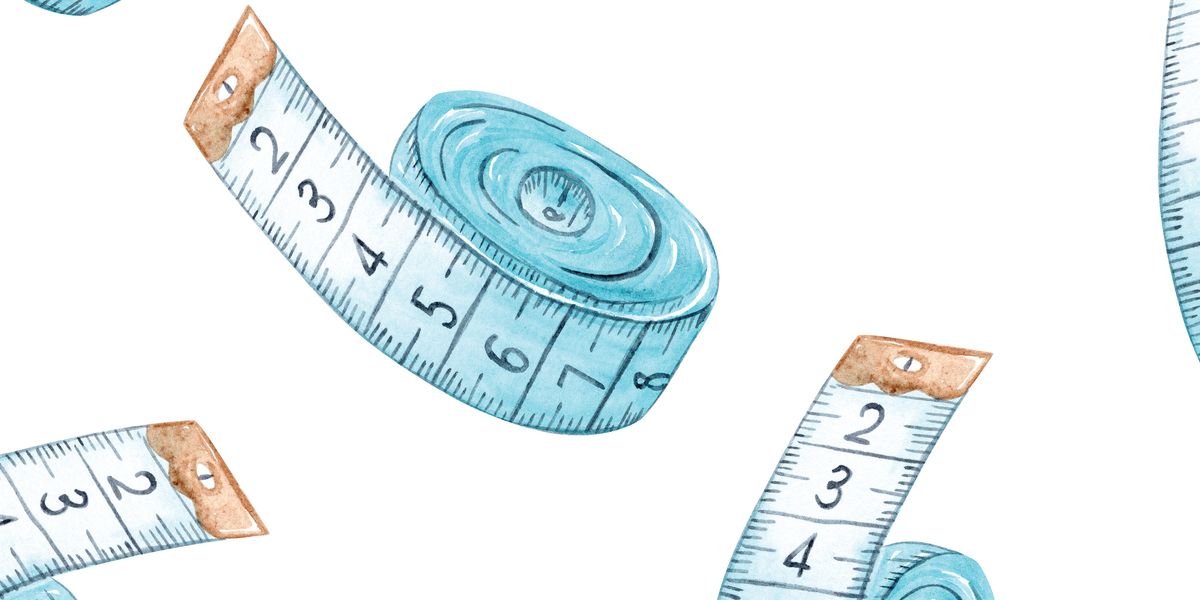Many of us would like to keep or waists relatively trim for aesthetic reasons and there are also a number of important health reasons for doing so.
Larger waists are closely associated with certain health problems and thus waist size has become an important tool in assessing the risk of type 2 diabetes
What waist measurement puts me at higher risk of diabetes?
If your waist measurement is above the measurements listed in the table for your gender and ethnic background, then you may be at an increased risk of developing type 2 diabetes.
How do I measure my waistline?
When measuring your waist to assess your diabetes risk, you should take a tape measure and measure around your belly at the mid point between the top of your hips and the bottom of your ribs.
| Ethnic group | Men | Women |
|---|---|---|
| White | 94cm or 37 inches | 80cm or 31.5 inches |
| Black | 94cm or 37 inches | 80cm or 31.5 inches |
| Asian | 90cm or 35 inches | 80cm or 31.5 inches |
The tape measure will usually pass within an inch or so of your tummy button.
Why is the waistline measurement important?
Research has shown that waistline measurements are a good indicator of diabetes risk and is generally more accurate than a BMI reading
One reason for this is that high BMI values can result from people with higher muscle mass, which is not associated with increased diabetes risk.
Another reason is that fat deposited around the waist has been shown to increase diabetes risk more significantly than fat deposited at other parts of the body, such as around the hips.
Measuring the waistline therefore provides a more reliable risk assessment.
Harvard University estimates that around 10% of the fat on our body is stored within our abdominal cavity around our organs.
This type of fat is known as visceral fat and is known to significantly raise the risk of health conditions including type 2 diabetes, heart disease and cancers.
- Read more about the dangers of visceral fat
How can I reduce my waistline?
The greatest health benefits of reducing your waistline come from reducing the amount of visceral fat.
A healthy diet and exercise have both been shown to be significantly beneficial for reducing this dangerous form of fat.
Other ways to improve your health, as well as your waistline, include limiting your intake of alcohol and also reducing stress levels.
- Read more about healthy lifestyle changes




